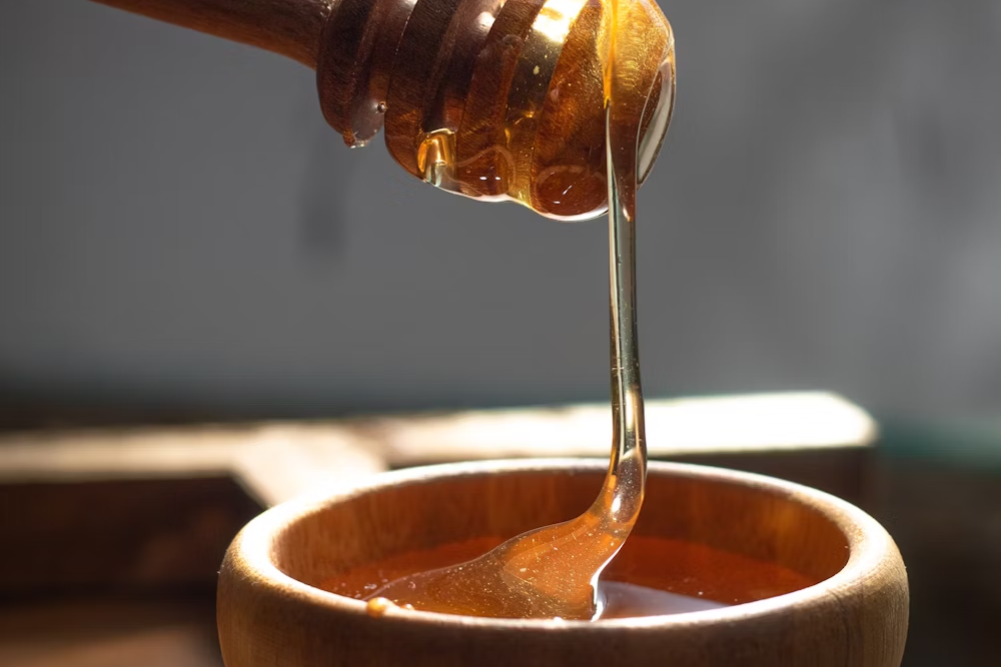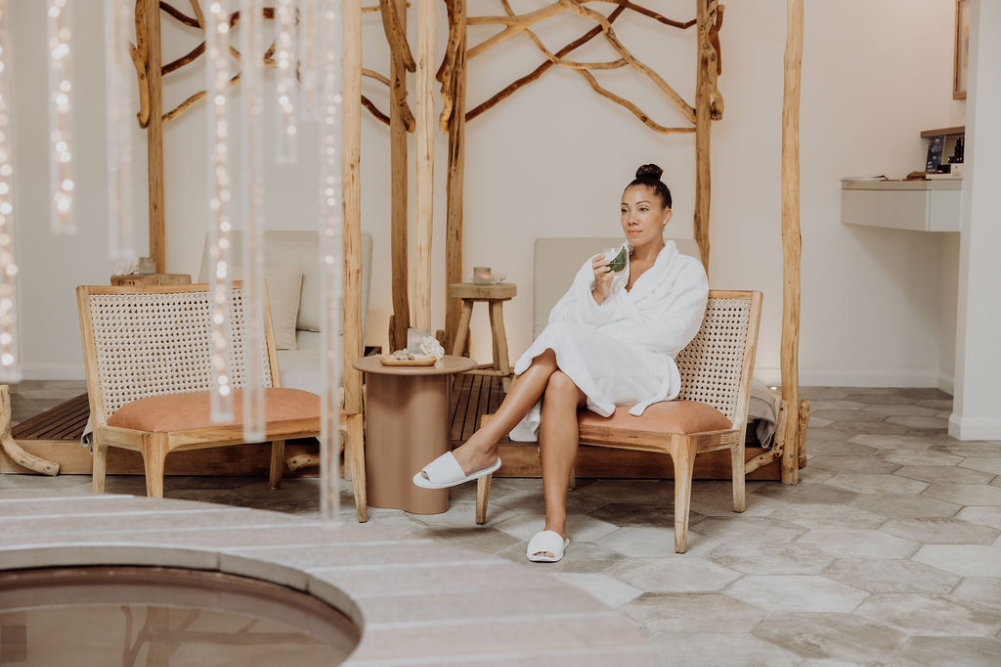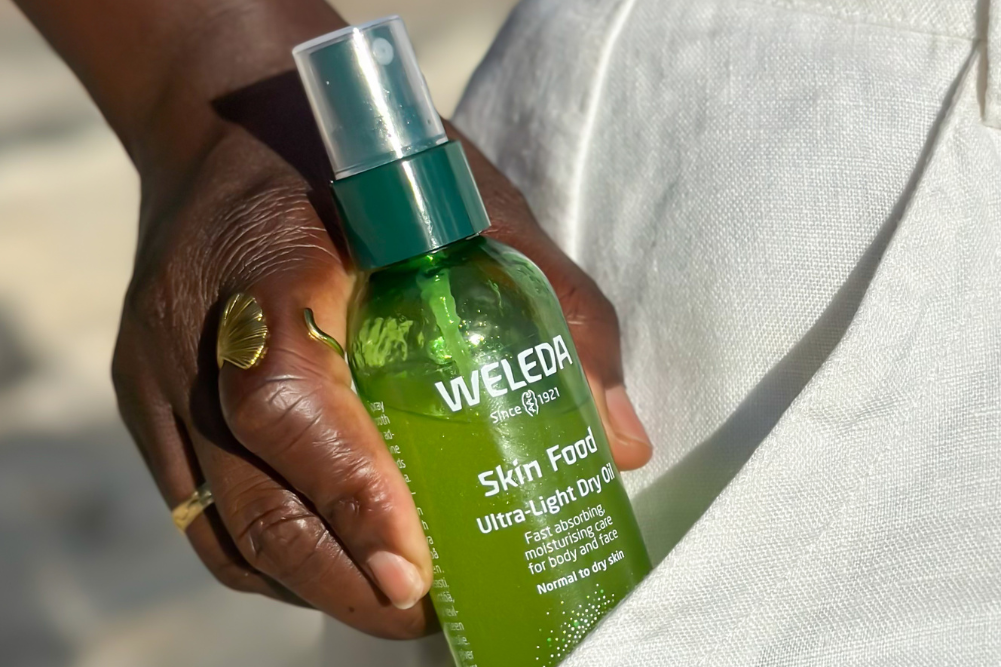Anti-ageing facial rejuvenation
Your face often reflects how you are feeling. It’s usually easy to tell if someone is happy, sad, worried or stressed by looking at their facial expression. For many people, their face reflects years of stress, pent-up emotions, habitual expressions (both good and bad) and an unhealthy lifestyle, which have all left their collective mark. It’s as if each muscle has its own storage bank and holds the emotion in the muscle, which then outwardly reflects on the face. Repeat an emotion over an over and it’s sure to leave its mark.
Most of us know when our body’s muscles are holding tension and emotional stress simply by feeling the resulting aches and pains. This is a little harder to detect in the face. Facial Rejuvenation Technique is a collection of effective massage movements specifically designed to “release” the emotions and stress from the facial muscles and tissue. As a result, the face feels fresh and light, as if it has been “uplifted”.
Facial Rejuvenation Technique is derived from the wisdom of ancient Ayurvedic healers, combining the benefits of yoga, energy balancing, body massage, acupressure, lymphatic drainage and head massage. It will not only help lift and release facial expression lines but also leave the recipient feeling at peace and better connected to their body’s innate healing energies.
This technique has its roots firmly based in India. It’s interesting to note the important role massage plays in the Indian culture. It’s a daily ritual that is practised and available to all, young or old, rich or poor. In the West, the power of touch has been well documented (Miami University, Touch Institute), recognising how touch has an immediate influence on our emotional state. Gentle and repetitive touch induces a relaxation response, encouraging a positive outlook on life while balancing bodily functions and strengthening immune function.
How does it work?
Since the mind is the most “active” part of our body, as we think, we tense our muscles, particularly those of the face, neck and shoulders, which often results in chronic aches and pains, especially around the eyes, jaw and neck. It seems many of us are never entirely relaxed as it’s common practice for dentists to prescribe mouthguards for their numerous patients who grind their teeth in their sleep and wake up with a headache as a result.
Tense muscles can reduce the vital supply of oxygen as well as restrict the blood vessels. This in turn hampers the free flow of blood and other fluids to the tissues, so reducing the flow of nutrients and preventing the removal of waste products, resulting in pain or discomfort. This is the body’s way of telling us, “Please help me, I am in distress.”
Just imagine if someone could literally iron away the stresses and strains of the day. That’s exactly what happens when you receive this therapy from a qualified practitioner. Specific and unique manipulations are performed on the facial muscles. These combine sweeping, pressing, ironing, stretching and concentrated acupressure movements in a series of repetitive, tightening and relaxing massage movements. The technique stimulates energy centres around the face and tones the area while reducing muscular tension and increasing blood and lymph flow.
Increasing blood and lymph flow is a key benefit of the effective treatment for puffy, dull, lacklustre complexions, often resulting from a build-up of toxins or smoking. Our lymph system is like a waste disposal system, draining and transporting waste products from our tissues. Some of the movements in Facial Rejuvenation Technique are designed to encourage lymphatic drainage, helping to counteract the effects of lack of exercise and poor breathing habits.
Anti-Ageing
For those concerned with the changes experienced through the ageing process, this technique is a valuable tool. Our skin contains a component called connective tissue. Connective tissue is partly formed from collagen and elastin fibres. These fibres weave together to form a flexible weblike structure. In younger skins, these fibres resemble a springy elastic band, giving suppleness and flexibility. Over time, the fibres lock together and the skin loses much of its mobility, much like a thick, inflexible elastic band.
During Facial Rejuvenation Technique the therapist identifies by touch any restricted muscle or connective tissue and focuses on these areas. Facial Rejuvenation Technique helps to restore the skin’s suppleness by toning the collagen and elastin fibres. Thus, the treatment gently allows the connective tissue to regain its freedom and elasticity.
In addition, Facial Rejuvenation Technique works on releasing blockages in the body’s subtle energy field, bringing about emotional and physical releases and so having an effect on total wellbeing. In Eastern philosophies of healing, from both India and China, there’s a belief that each of us has a life force, an energy that is both within and around us. This universal energy is sometimes called prana or qi. You may already be familiar with Eastern therapies such as pranic healing, acupuncture and qi gong. It’s believed there are centres throughout our body, called chakras, which act as transformers, enabling us to benefit from this energy. Stimulation of specific energy centres on the face through accessing and manipulating acupressure points helps to release blockages in the energy field. By following the energy-balancing procedures emotional and physical releases can be brought about, with a direct benefit for wellbeing.
Originator and master of Facial Rejuvenation Technique, Kundan Mehta, not only teaches the technique to therapists but has also devised exercises to practise at home on a daily basis. Just as we know exercise for the body works wonders, so do daily exercises for the facial muscles. Take five minutes a day to do the exercises. If you’re brave you could do them in the car, bus or train on the way to work or while you’re sitting at your desk — basically anywhere. You’ll reap the rewards.
For the forehead
- Place your thumbs on your temples and your index fingers at the top of your hairline. Push your index fingers up and your thumbs outwards to give yourself a stretched look. If you gather any skin you are doing it incorrectly. Hold to the count of 10 and repeat five times.
- Using the index fingers of both hands placed on the inside edge of your eyebrows, gently pull apart the frown lines. Be careful not to pull up or down in an unnatural direction — simply pull apart towards your eyebrows.
For the eyes
- Trying not to move your head from the vertical, look up then look down. Look out of the corner of your eyes, first to the left, then to the right.
- Place the index finger of one hand and the middle finger of the other on either side of a crowsfeet wrinkle (corner of the eye) and press carefully and gently. Repeat up to 10 times, holding for five seconds each.
For the mouth
Chin and jaw area
- Use the back of your hand to tap or gently slap under your chin. Repeat with the other hand and increase the speed.
- Place both thumbs under your chin to provide gentle resistance and push your chin down. Continue this symmetrically around your jawline. This will tone up your chin muscles and help reduce a double chin.
For the nose
- Gently hold your nostrils between your thumb and index finger to offer gentle resistance and flare your nostrils as you slowly breathe in. Now slowly breathe out. Repeat this five times.
- Using your index finger, push the tip of your nose up and hold it firmly in place. Now pull your upper lip down over your teeth and hold for a second before releasing.
Treatments: You can find trained Facial Rejuvenation Technique therapists in NSW, Qld, Vic, and WA by calling toll free 1800 659 118 and asking for Education.







